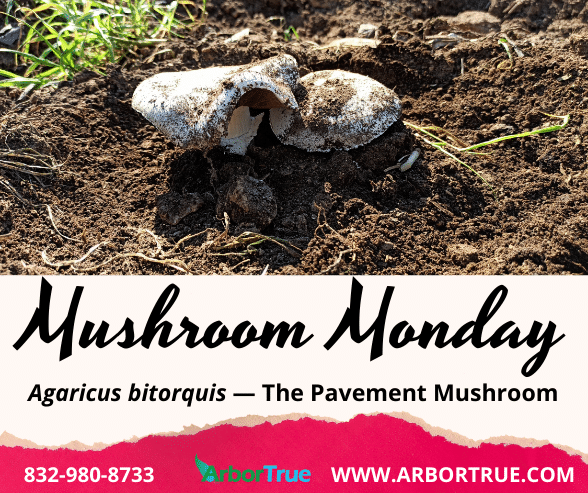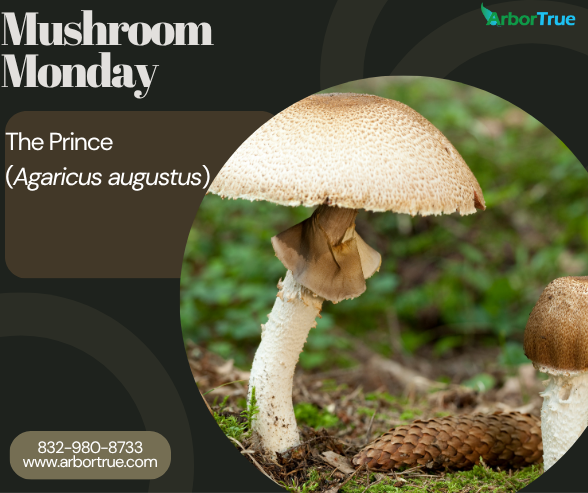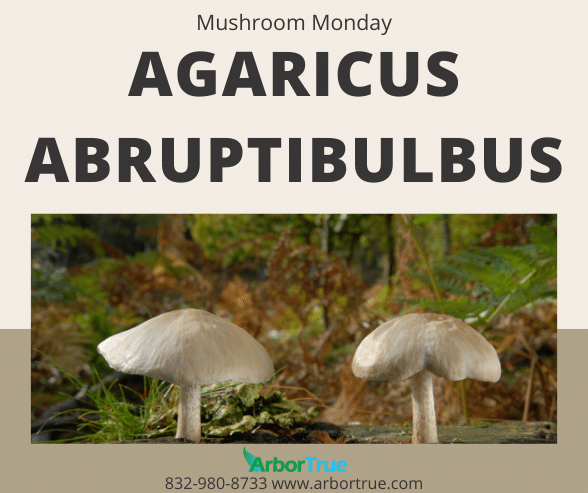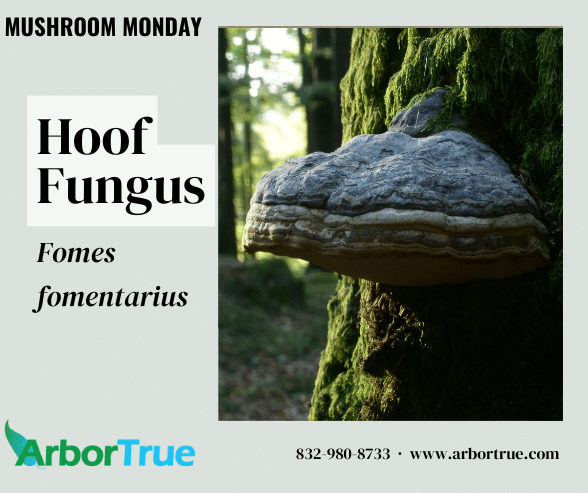
Understanding Tree Burls: A Homeowner’s Guide
July 11, 2025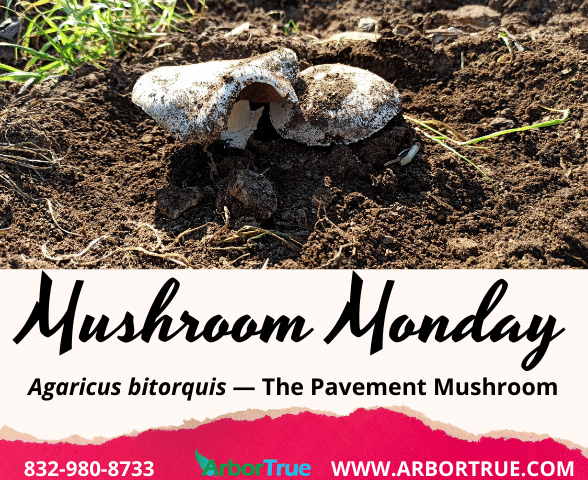
Mushroom Monday: Agaricus bitorquis — The Pavement Mushroom
If you’ve ever seen a mushroom pushing up through a crack in the sidewalk, it might have been Agaricus bitorquis, commonly known as the Pavement Mushroom. This tough, unassuming species makes its home in one of the most surprising environments—cities.
Overall Appearance
Agaricus bitorquis is often compact in appearance, with a cap that ranges from 4 to 11 centimeters across. The cap is convex and dry, and while it starts out relatively smooth and white, it may become cracked and develop a rough surface as it matures. The gills underneath begin as pinkish in younger specimens and darken to brown over time. These gills are close together, not attached to the stem, and may include some shorter, uneven ones.
The stem is short and sturdy, measuring between 2 and 6 centimeters long and usually half as wide. It can appear equally thick from top to bottom or become slightly narrower at the base. The surface is hairless to rough in texture, and the stem is often marked by a ring. Interestingly, it can also display two distinct bands formed by the veil tissue as the mushroom matures.
Cap Description
The cap of Agaricus bitorquis is both durable and urban-friendly. Its white color and convex shape give it a classic mushroom look, but its ability to grow in compacted soil means it can develop a cracked or weathered surface over time. This roughness, paired with its dry, hairless texture, helps it stand out from some other city-dwelling mushrooms.
Gill Description
The gills of this species do not attach to the stem—a feature known as “free gills.” They are tightly packed and, in some cases, short and irregular. The gills begin with a pinkish hue when the mushroom is young and gradually darken to brown as it ages. This slow change in color helps distinguish Agaricus bitorquis from some similar species that may stain or shift color more dramatically.
Stem Description
Agaricus bitorquis is known for its short, thick stem—adapted for life in tough conditions. Its solid structure allows it to grow through compacted soil and even pavement. The stem is white to off-white and either smooth or coarsely textured. A ring encircles the upper part of the stem, and in many cases, two bands can be seen, created by remnants of the partial veil as it stretches and tears. The veil itself covers the stem like a sheath in younger mushrooms.
Distribution
This mushroom is widely distributed across North America and is strongly associated with human-developed areas. It favors disturbed soil and can often be found growing near roadsides, ditches, sidewalks, parking lots, or other compacted, urban environments. Agaricus bitorquis is one of the few species you might expect to see sprouting between slabs of pavement in city parks or even through cracks in sidewalks.
Relationship with Plants
Agaricus bitorquis is a saprophyte, meaning it feeds on decaying organic matter in the soil rather than forming relationships with plants. Its ability to grow in nutrient-poor, disturbed areas is one of its defining features. Unlike many forest fungi that rely on partnerships with tree roots, this mushroom thrives in independent, challenging environments.
Interesting Fact
Although it resembles other Agaricus species, Agaricus bitorquis is uniquely suited for life in human-altered landscapes. It’s sometimes confused with Agaricus bernardii, another robust mushroom, but the differences are notable: Agaricus bernardii grows in different habitats, emits a strong briny smell, and bruises when handled—none of which apply to Agaricus bitorquis. In contrast, Agaricus bitorquis has little to no scent and does not noticeably stain when bruised.
Conclusion
Agaricus bitorquis, the Pavement Mushroom, may not have the glamour of some woodland fungi, but its resilience makes it remarkable in its own right. It’s a survivor of sidewalks, a conqueror of compacted soils, and a regular urban resident that many of us overlook. Whether found alone or growing in wide-spaced clusters, this mushroom demonstrates just how adaptable fungi can be—even in the most unlikely places.
If you found this information about Agaricus bitorquis, the Pavement Mushroom, helpful, check out our other Mushroom Monday posts on the TrueTreeTalk blog. Follow us on Facebook to keep up with these and other posts. Check out our list of blog posts grouped by topic for more to read. Also, follow us on LinkedIn for industry-related posts.
* * *
ArborTrue is a science-based tree service company in the greater Houston area. We also serve Austin and other parts of Central Texas. We provide a range of services including tree trimming, tree pruning, tree removal, tree planting, arborist consultations, and more. Call us today at 832-980-8733 (Houston) or at 512-546-3833 (Austin) or reach out to us online to schedule an appointment.
ArborTrue has a dedicated landscaping division, now serving select areas in the greater Houston region—with more locations coming soon. We specialize in organic practices, soil biology, and ecological health to help your entire landscape truly thrive. To learn more or schedule a consultation, contact us at landscape@arbortrue.com.

